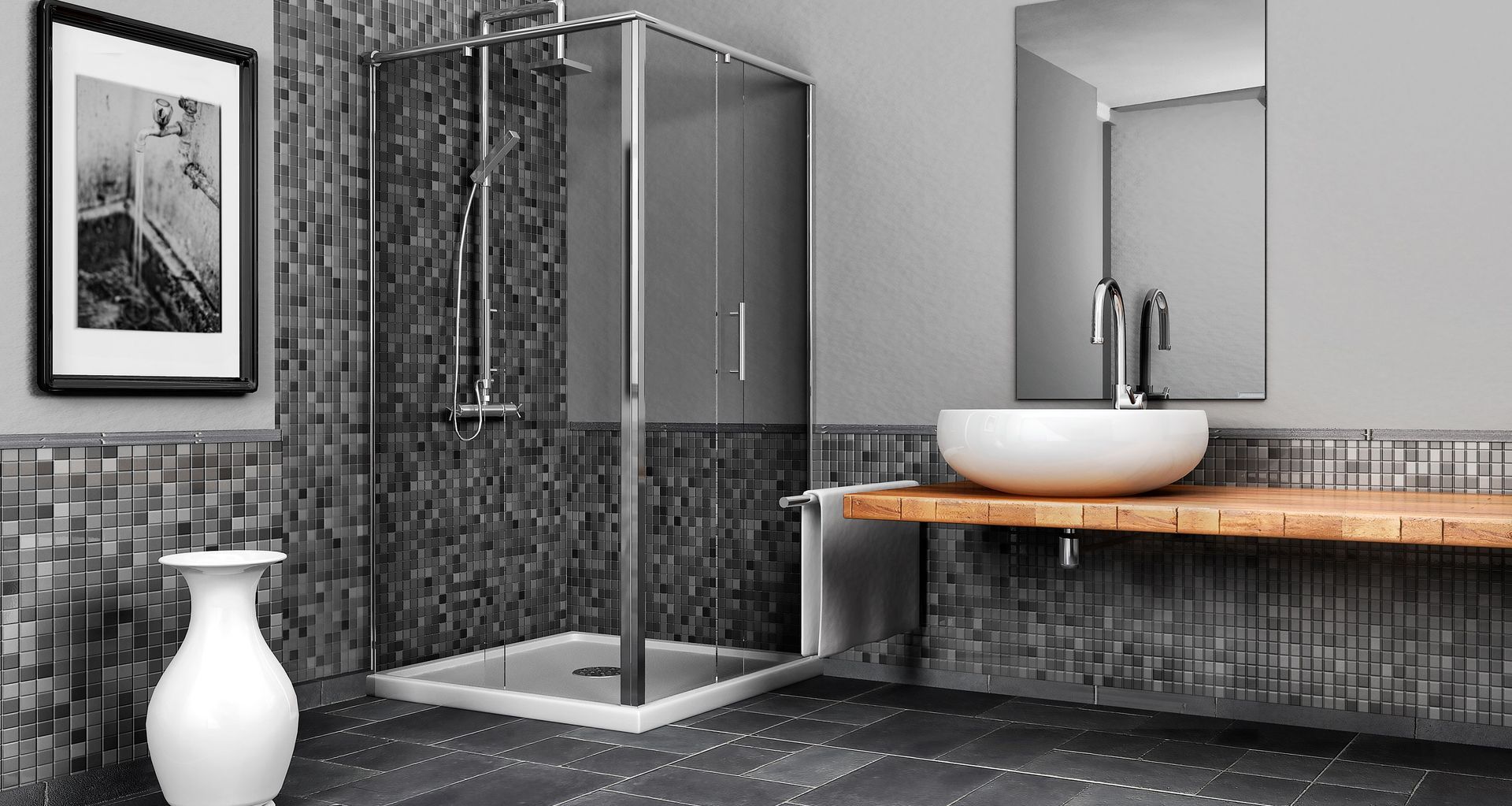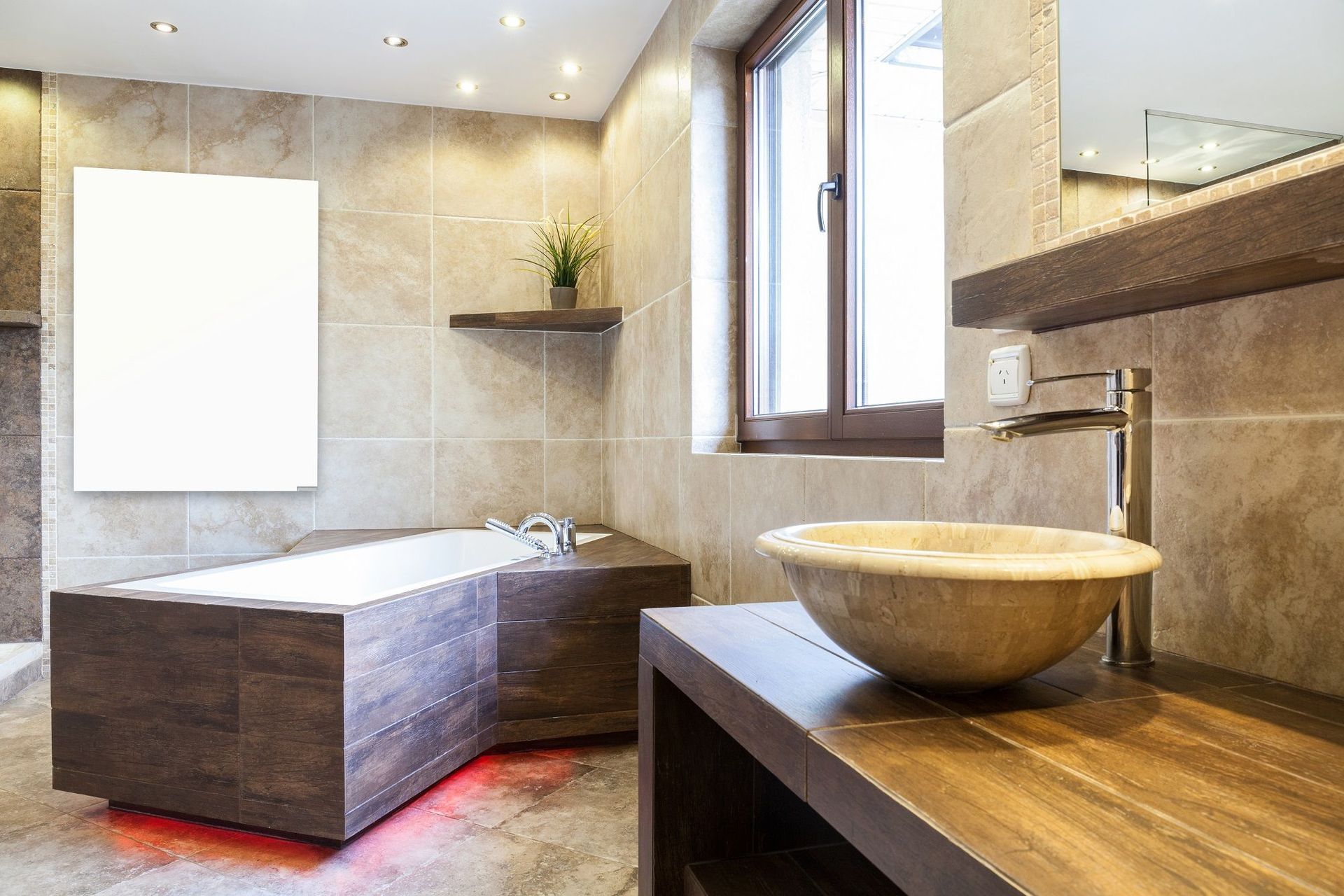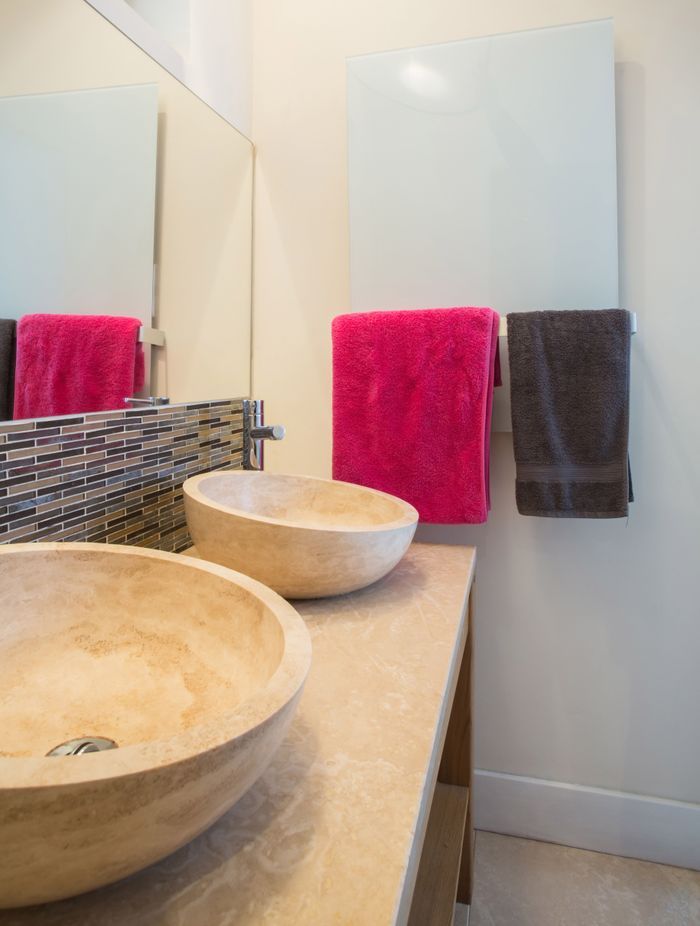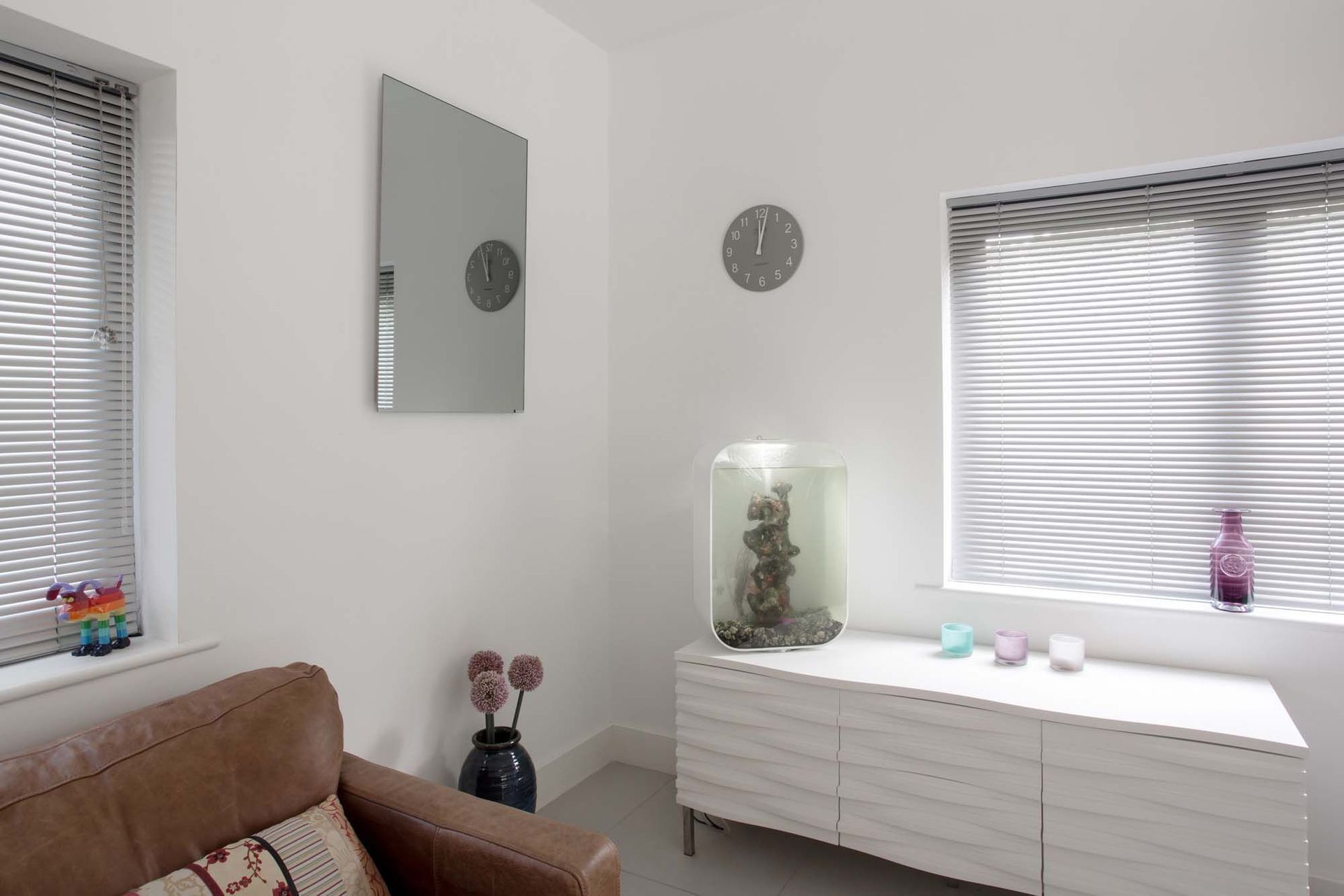The mirror that heats the home
Written by
17 September 2019
•
5 min read

Gone are the days of what we’re familiar with as home heating options. Enter the mirror, the hanging pendant, and the wall panel. These designer objects are the future of heating. We spoke to Herschel Infrared about how these seemingly inconspicuous items are changing the way we live.
Infrared technology vs. traditional heating systems
Modern heating has moved on from what most of us are accustomed to in terms of keeping the home comfortable. Heat pumps and other convection-based systems that heat the air have been surpassed with an ingenious new technology that does not even attempt to heat the air. Instead, they heat the objects and the room itself - everything from the walls to the floor to the tapware, and the people in it.
However, arguably the most interesting part of the technology is the way it is housed, ranging from the mirror to the overhead pendant, or the glass panel on the wall. These everyday items are shaping the future of heating. The technology they use is known as infrared heating, and it’s something that fundamentally approaches the concept of what it means to heat a space in an entirely different way.
“For many years, the heating industry has employed a rather rudimentary rule of thumb when it comes to specifying heating systems,” Herschel Infrared’s Mark Coory says. “In general, the heating system required will be calculated based on the number of watts needed per cubic metre of area to heat, and this is across the board so a house in Wanaka may end up with the same system as one in Kaitaia.
“Additionally, convection systems used heat the air, and we know that warm air carries more moisture than cool air, so you end up with warm air coming up against cool glass and you have the ideal conditions for mould and condensation,” Mark says.
To mitigate those issues, the infrared technology does something entirely different. Rather than heating the air, the heaters release an infrared light (or energy) that is not visible to the human eye.
“This light or energy moves through the air and transfers directly into the building materials to heat those. So in a bathroom for example, it will heat the walls, the floor, the basin, the tap and any other materials present in the room. It will not heat the air; in fact because it heats the room itself, it removes the conditions for condensation to form and in the process, significantly reduces the amount of energy required to keep a space at a comfortable ambient temperature.”
Herschel’s infrared heaters are designed for performance, yet the options for incorporating them into the home or commercial space are vast, with everything from a mirror that cannot be discerned from its basic mirror counterpart to a sculptural pendant that hangs overhead, subtly heating the materials below it.
“The way we specify these heaters is very different to the way other heating companies work out the type of system required. Instead of looking at cubic metres of air, we consider different elements including the building materials, the type and level of insulation, the surface area of the glazing, and whether or not there is double glazing. In doing this, we can accurately measure the appropriate heating requirements for a given space rather than simply basing heating specifications on the size of a space,” Mark says. “We even take into account the geographical location, because an environment that gets below zero degrees will need more heating power than one at six or eight degrees”.

How to heat rooms with high ceilings
Infrared heating also provides a unique heating solution for those spaces that are infamously hard to heat - rooms with high ceilings. “Systems that heat the air typically can’t efficiently heat spaces with high ceilings because warm air rises, and the system has to work harder than it should to continually keep the entire space at an ambient temperature. “That’s where our heaters offer an unparalleled solution. Often, we will hang pendants from a high ceiling, ensuring that only the objects below it are heated. In this way, the ceiling void is bypassed and the usable spaces of the room remain warm.”
Herschel’s infrared heaters are recommended to be run perpetually with a thermostat that allows the system to turn on and off as necessary to maintain the heat. ‘This means that the system idles to maintain temperature and flicks on any time the temperature drops below what the thermostat is set to. “In comparison to heat pumps, for example, the cost of heating a home with infrared heating when used in this way, can be significantly reduced - up to 50 per cent less than with other systems, and you get a warm, damp free environment around the clock.”
If you’re about to embark on a new build, or are looking at upgrading your heating system, make sure you visit Herschel Infrared on ArchiPro here to explore what’s possible with this forward-thinking technology.

